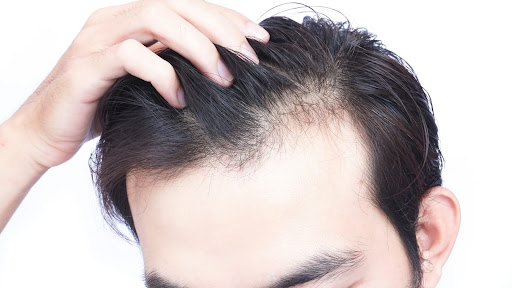- ABOUT
- LOCATIONS
OUR LOCATIONS
- PROVIDERS
- TREATMENTS
SKIN TIGHTENING
SKIN CANCER
SKIN RESURFACING
VASCULAR CORRECTIVE
SPIDER VEIN REMOVAL
- CONCERNS
- Acne
- Acne Scars
- Actinic Keratosis
- Allergic Reactions
- Allergy Testing
- Alopecia
- Athlete's Foot
- Birthmarks
- Cherry Angioma
- Cold Sore
- Contact Dermatitis
- Crow's Feet
- Cyst
- Dandruff/Itchy Scalp
- Dermatitis
- Digital Myxoid Cyst
- Dull Skin
- Eczema
- Fungal Skin Infections
- Hair Loss
- Hand Dermatitis
- Hives
- Impetigo
- Ingrown Toenail
- See All
- Acne
- Acne Scars
- ALLERGIC REACTIONS
- Sun Spots
- ALLERGIC REACTIONS
- ALLERGY TESTING
- ALOPECIA
- ATHLETE’S FOOT
- Birthmarks
- Cherry Angioma
- COLD SORE
- CONTACT DERMATITIS
- CROW’S FEET
- CYST
- DANDRUFF/ITCHY SCALP
- DERMATITIS
- Digital Myxoid Cyst
- Dull Skin
- ECZEMA
- FUNGAL SKIN INFECTIONS
- HAIR LOSS
- HAND DERMATITIS
- HIVES
- IMPETIGO
- INGROWN TOENAIL
- Keloids
- KERATOSIS PILARIS
- LIPOMAS
- MELASMA
- MOLE REMOVAL
- MOLLUSCUM
- NICKEL ALLERGY
- PERIORAL DERMATITIS
- Pilar Cyst
- Psoriasis
- ROSACEA/FACIAL REDNESS
- Scar Revision
- Shingles
- Shingles
- Skin Cancer
- Skin Check
- SKIN TAGS
- Spider Veins
- Sebaceous Hyperplasion
- Torn Earlobe
- WARTS
- VIDEOS
- MEDICAL SPA
MEDICAL AESTHETICANS
- PATIENT
PATIENT RESOURCES
- Shop
- ABOUT
- LOCATIONS
OUR LOCATIONS
- PROVIDERS
- TREATMENTS
SKIN TIGHTENING
SKIN CANCER
SKIN RESURFACING
VASCULAR CORRECTIVE
SPIDER VEIN REMOVAL
- CONCERNS
- Acne
- Acne Scars
- Actinic Keratosis
- Allergic Reactions
- Allergy Testing
- Alopecia
- Athlete's Foot
- Birthmarks
- Cherry Angioma
- Cold Sore
- Contact Dermatitis
- Crow's Feet
- Cyst
- Dandruff/Itchy Scalp
- Dermatitis
- Digital Myxoid Cyst
- Dull Skin
- Eczema
- Fungal Skin Infections
- Hair Loss
- Hand Dermatitis
- Hives
- Impetigo
- Ingrown Toenail
- See All
- Acne
- Acne Scars
- ALLERGIC REACTIONS
- Sun Spots
- ALLERGIC REACTIONS
- ALLERGY TESTING
- ALOPECIA
- ATHLETE’S FOOT
- Birthmarks
- Cherry Angioma
- COLD SORE
- CONTACT DERMATITIS
- CROW’S FEET
- CYST
- DANDRUFF/ITCHY SCALP
- DERMATITIS
- Digital Myxoid Cyst
- Dull Skin
- ECZEMA
- FUNGAL SKIN INFECTIONS
- HAIR LOSS
- HAND DERMATITIS
- HIVES
- IMPETIGO
- INGROWN TOENAIL
- Keloids
- KERATOSIS PILARIS
- LIPOMAS
- MELASMA
- MOLE REMOVAL
- MOLLUSCUM
- NICKEL ALLERGY
- PERIORAL DERMATITIS
- Pilar Cyst
- Psoriasis
- ROSACEA/FACIAL REDNESS
- Scar Revision
- Shingles
- Shingles
- Skin Cancer
- Skin Check
- SKIN TAGS
- Spider Veins
- Sebaceous Hyperplasion
- Torn Earlobe
- WARTS
- VIDEOS
- MEDICAL SPA
MEDICAL AESTHETICANS
- PATIENT
PATIENT RESOURCES
- Shop



